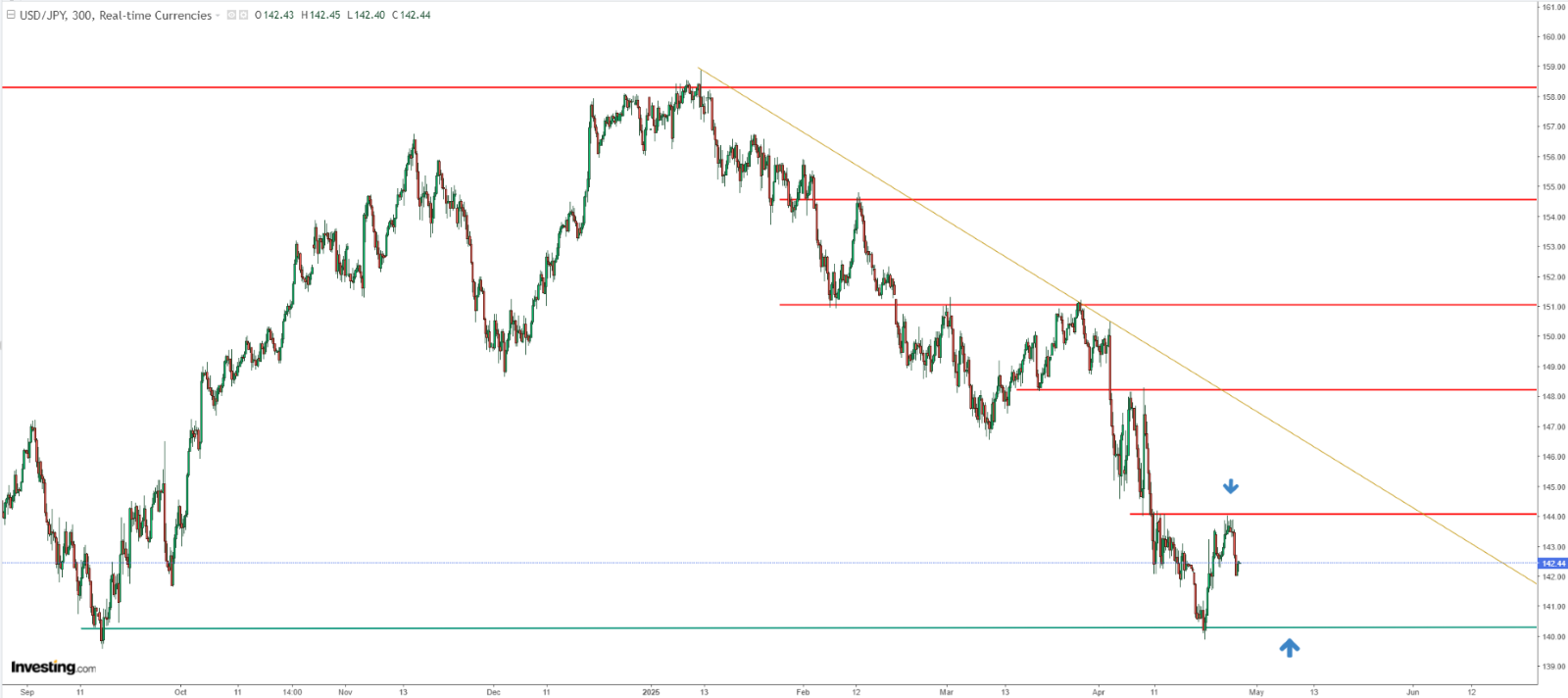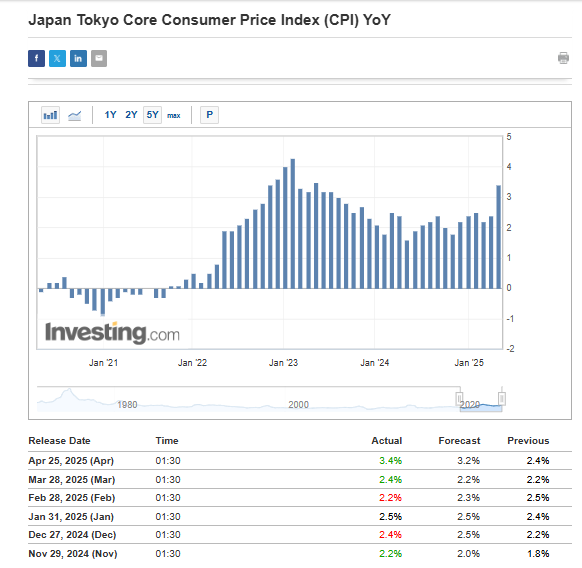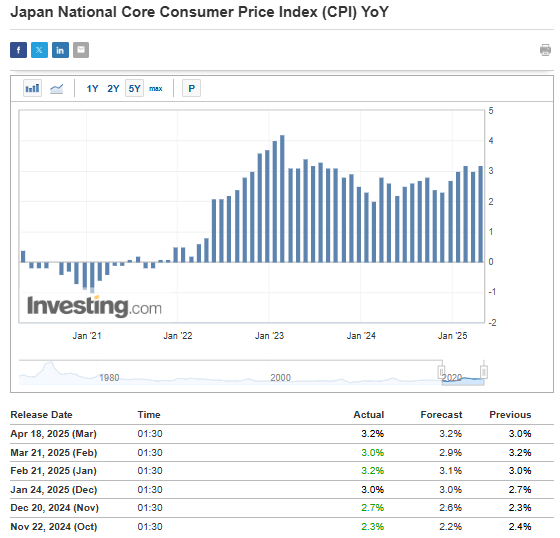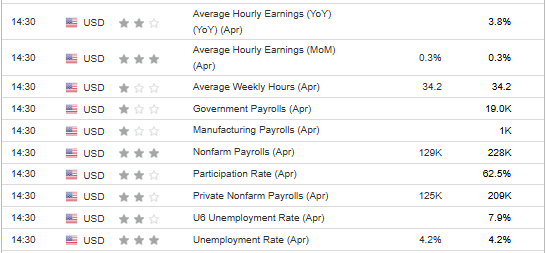Hansen, Mueller Industries director, sells $105,710 in stock
- Persistent inflation pressures Bank of Japan’s policy, complicating the decision on further tightening.
- Trade tensions, especially tariffs, risk economic slowdown, influencing Japan’s inflation and growth outlook.
- USD/JPY may test 140 yen support, with external factors impacting the yen’s trajectory.
- Looking for actionable trade ideas to navigate the current market volatility? Subscribe here to unlock access to InvestingPro’s AI-selected stock winners.
Will USD/JPY Fall Below 140 Level?
As anticipated, USD/JPY’s strong support around the 140 yen per dollar level—established by multiple years of lows—has temporarily halted the downward trend. The current correction has stalled near 144 yen per dollar, with a clear supply response indicating that the downward movement is likely to resume.

The natural target for sellers is a renewed push towards the 140 yen per dollar support, with a breakout of this level appearing to be the most likely scenario. The key area of defense for buyers, however, remains the downward trend line.
Bank of Japan in Dilemma
Persistent above-target inflation led the Bank of Japan to begin raising interest rates and abandon yield curve control in early 2024, helping to stabilize the yen after a prolonged period of weakness. Although the central bank has signaled further tightening ahead, the US-led tariff war may force a reassessment of its current policy stance. Ongoing trade negotiations—especially around tariffs impacting Japanese car exports—pose a risk to economic growth this year.
So far, no concrete details have emerged, and talks are expected to continue for several days.
Stagflation is one of the most dreaded scenarios for central bankers, as it forces a series of tough policy choices. Japan—more specifically, the Bank of Japan—may be heading into such a situation, with inflation data from the Tokyo area coming in higher than expected.

These figures stand in contrast to consumer inflation, which has remained above the Bank of Japan’s target for under three years.

For this reason, halting the current cycle of interest rate hikes could risk undermining efforts to contain inflation. It is important to consider the unique characteristics of Japanese society, which tends to prioritize saving and views prolonged inflation with concern, as it erodes the real value of accumulated wealth. In the coming months, attention may shift to GDP data.
If sanctions begin to visibly weigh on economic growth, the likelihood of additional rate hikes in the second half of the year could be seriously questioned.
When Will the Fed Cut the Interest Rate?
This week brings several key data releases from the US, including GDP growth, ISM indicators, and crucial labor market figures. If consensus forecasts hold—particularly the expected improvement in GDP and ISM compared to previous readings—the recession narrative may lose further momentum. The labor market also appears to be stabilizing, as reflected in market expectations ahead of Friday’s report.

In the absence of surprises, the probability that the Federal Reserve’s next 25 bps cut will be made at the June meeting should continue to hold.
****
Be sure to check out InvestingPro to stay in sync with the market trend and what it means for your trading. Whether you’re a novice investor or a seasoned trader, leveraging InvestingPro can unlock a world of investment opportunities while minimizing risks amid the challenging market backdrop.
Subscribe now and instantly unlock access to several market-beating features, including:
- ProPicks AI: AI-selected stock winners with a proven track record.
- InvestingPro Fair Value: Instantly find out if a stock is underpriced or overvalued.
- Advanced Stock Screener: Search for the best stocks based on hundreds of selected filters and criteria.
- Top Ideas: See what stocks billionaire investors such as Warren Buffett, Michael Burry, and George Soros are buying.

Disclaimer: This article is written for informational purposes only. It is not intended to encourage the purchase of assets in any way, nor does it constitute a solicitation, offer, recommendation or suggestion to invest. I would like to remind you that all assets are evaluated from multiple perspectives and are highly risky, so any investment decision and the associated risk belongs to the investor. We also do not provide any investment advisory services.
